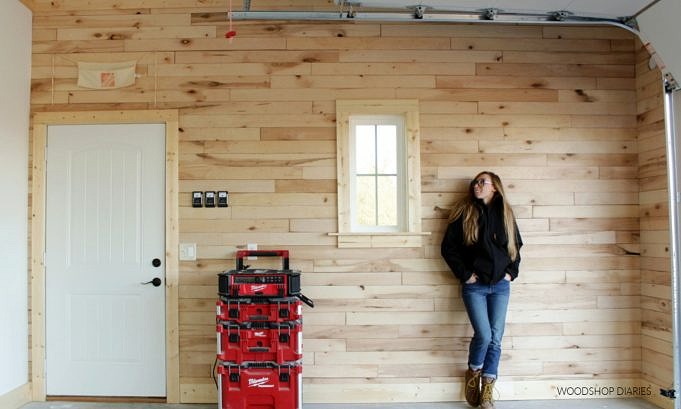Before I hung out a shingle to become part of the world of reproduction furniture making, a large portion of my work was producing bookcases and built-in units for new home construction. As you can see, the main focus of building these products is on cost and not on preserving period design or building with hardwoods.
Veneered plywood was a more important part of my daily work. Plywood was quick to assemble, it gave me consistent appearances (flat-cut and rotary-cut), and it allowed me to meet short deadlines. The cost to build was less thanks to less expensive material cost and reduced labor.
My love affair with plywood began to fade as I moved from home-builders to clients interested in reproduction furniture. In fact it all but disappeared. These folks were paying good money for a piece of furniture expected to last for generations. No plywood allowed.
Recently, I built a new bed for my wife and I (to see the process, click here) and I once again turned to plywood. Flat panels were used in my piece. This is where plywood shines to me. My construction time was cut by a lot and my cost of construction was lower. I didnt set out to build a monument. I wasnt looking for a bed that would be around in the year 2259.
This got me wondering about the amount of plywood woodworkers use today. Are we focused on building monuments where no plywood is allowed? OK, I realize there are people who make their own plywood. The North Bennett Street School boys know what Im talking about. Are we trying to reduce the time it takes to build furniture?
After a discussion about this with Editor Christopher Schwarz, he put together a quick survey. Take a minute to answer the two questions, then look at the accumulated results. Im interested, as Im betting you are, to see how many of us use plywood.



